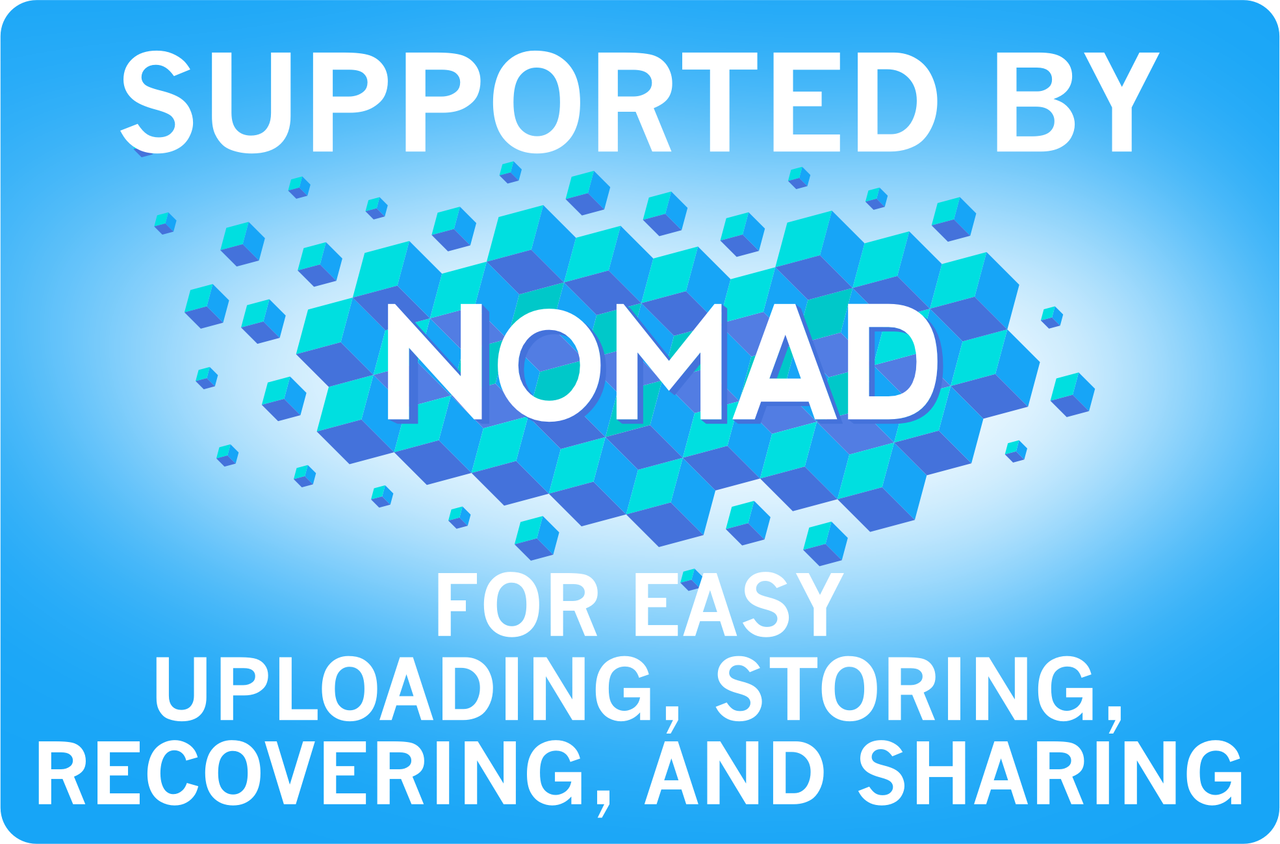CRYSTAL23 versus CRYSTAL17
WARNING: CRYSTAL23 introduces very few changes to the default settings of the program compared to CRYSTAL17:
- The DIIS scheme is disabled by default when running in massively parallel mode with MPPCrystal; It can be activated by use of the DIIS keyword.
- The default size of the numerical integration grid has increased for meta-GGA functionals. For most of them, it now corresponds to the XXXLGRID option, while for SCAN-based DFAs is set to the HUGEGRID option. In both cases, the new default integration grid cannot be modified by the user.
User's Manual
A pdf version of the CRYSTAL User's Manual can be downloaded by clicking on the link below.
Download Crystal User's Manual (pdf format).
CRYSTAL User's Manuals for previous versions of the code are also available: CRYSTAL17,
CRYSTAL14,
CRYSTAL09,
CRYSTAL06,
CRYSTAL03.
How to install and run
See the list of binaries available for download.
A README file explains step by step how to install and test CRYSTAL23 basic Unix/Linux sequential executables (crystal/properties), the replicated data parallel version (Pcrystal) and to generate the replicated data (Pcrystal) and distributed memory (MPPcrystal) parallel executables from object files libraries.
Scripts to run CRYSTAL23 are downloadable.
Graphical tools for CRYSTAL users
GUI implemented for CRYSTAL (not all graphical tools are compatible with CRYSTAL23, yet):
- CRYSPLOT: a new web-based visualization tool to plot computed properties such as band structure, density of states, 2D maps, simulated vibrational spectra, and many others.
- Moldraw: a program for representing molecules abnd crystals on a personal computer
- DL Visualize: DLV is a graphical user interface for use with a variety of materials simulation software. Based on AVS/Express it is able to display and edit structures periodic in both 2 (surfaces) and 3 (crystals) dimensions.
- XCrysDen: crystalline and molecular structure visualisation program. It also possesses some tools for analysis of properties in reciprocal space such as interactive selection of k-paths in the Brillouin zone for the band-structure plots, and visualisation of Fermi surfaces
- Vibration modes on a web page using JMOL: it describes how to generate html pages representing a system in 3D, with animation of vibration modes.
- Jmol is now compatible with the CRYSTAL output format to visualize crystalline structures. We kindly acknowledge Pieremanuele Canepa (Functional Material Group, University of Kent (UK)) and Prof. Robert Hanson (St. Olaf College, Northfield, MN - USA) for their work on interfacing CRYSTAL to Jmol.
- J-ICE: a Jmol Interface for Crystallographic and Electronic Properties. The present version of J-ICE can deal with CRYSTAL23 (as well as previous versions) and many others formats
Utilities
- CIF2CELL A tool by Torbjörn Björkman to generate the geometrical setup for various electronic structure codes, including CRYSTAL, from a CIF (Crystallographic Information Framework) file. The code will generate the crystal structure for the primitive cell or the conventional cell.
- CRYSTALClear: A Python package offering advanced plotting capabilities using Matplotlib.
- Converter of basis set gaussian input => crystal input (not fully tested)
- Program o read and print formatted data written by keyword CRYAPI_OUT (properties)
Test Cases
Some test cases are available both to check the code and as an example of CRYSTAL input decks.
Comparison of total energy data obtained for Hartree-Fock and DFT test cases with CRYSTAL17 and CRYSTAL23 is given in the following (see link).
- CRYSTAL23 test cases: inputs and outputs. Total energy data for comparison are available at the following link.
- Geometry Optimization test cases: see Geometry optimization tutorial.
- Frequency calculation test cases: see Frequency calculation tutorial.
CRYSTAL Tutorials
A project is ongoing to set up a series of tutorials from the basic features of CRYSTAL to advanced applications of the program. Its aim is to give some general information about the fundamental features of the code, but especially to provide CRYSTAL users with the practical skills for a correct use of the program.
A web-based interface is available to explore the CRYSTAL tutorials.
